The main purpose of this ongoing blog will be to track planetary extreme, or record temperatures related to climate change. Any reports I see of ETs will be listed below the main topic of the day. I’ll refer to extreme or record temperatures as ETs (not extraterrestrials).😜
Main Topic: The New American Inequality: The Cooled vs. the Cooked
Dear Diary. A couple of days ago I mentioned that we were in a race against time to get air conditioning in all buildings and to provide cooling relief to outdoor workers due to climate change. What I didn’t write is that this has become an inequality issue with poor to lower class individuals working outdoors while the rest of us work in comfortably cool conditions with factory or desk jobs.
The New York times has posted a new article addressing heat inequalities, which I am reposting today:
Opinion | The New American Inequality: The Cooled vs. the Cooked – The New York Times
Opinion Guest Essay
The New American Inequality: The Cooled vs. the Cooked
By Jeff Goodell
Visuals by Tova Katzman
Mr. Goodell has been reporting on climate impacts for 20 years. His most recent book is “The Heat Will Kill You First: Life and Death on a Scorched Planet.”
- Aug. 20, 2025
Summer is not what it used to be. On a hot August day, an outdoor concert can feel like a picnic in Death Valley. A trip to Disney World is a roller-coaster ride through unshaded hell. The Beach Boys’ “All Summer Long” sounds like a love letter from another planet.
In the hottest regions of the country, such as Texas, where I live, the climate crisis is not only changing our world; it is also dividing it. When the heat spikes during the summer, we morph into a two-party state: the cooled and the cooked. On one side, there is water, shade and air-conditioning. On the other, there is sweat, suffering and even, in the worst cases, death. And it means that no matter where we live, we have to update our conception of heat as a disruptive and punishing force.
The cooled are people like me, who work mostly indoors, bathed in the soothing breeze of manufactured air. We live hidden from the brutality of summer, except when we run out to the mailbox or the grocery store. There we hit a wall of heat that feels like an alien force field and burn our hands on the car’s steering wheel.
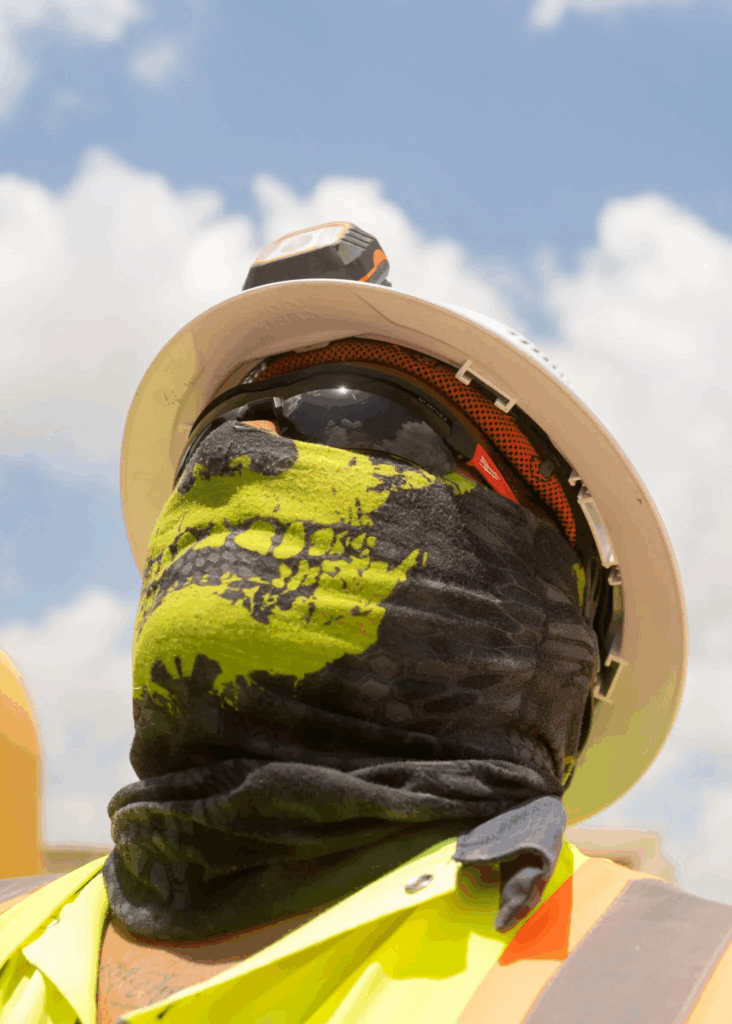
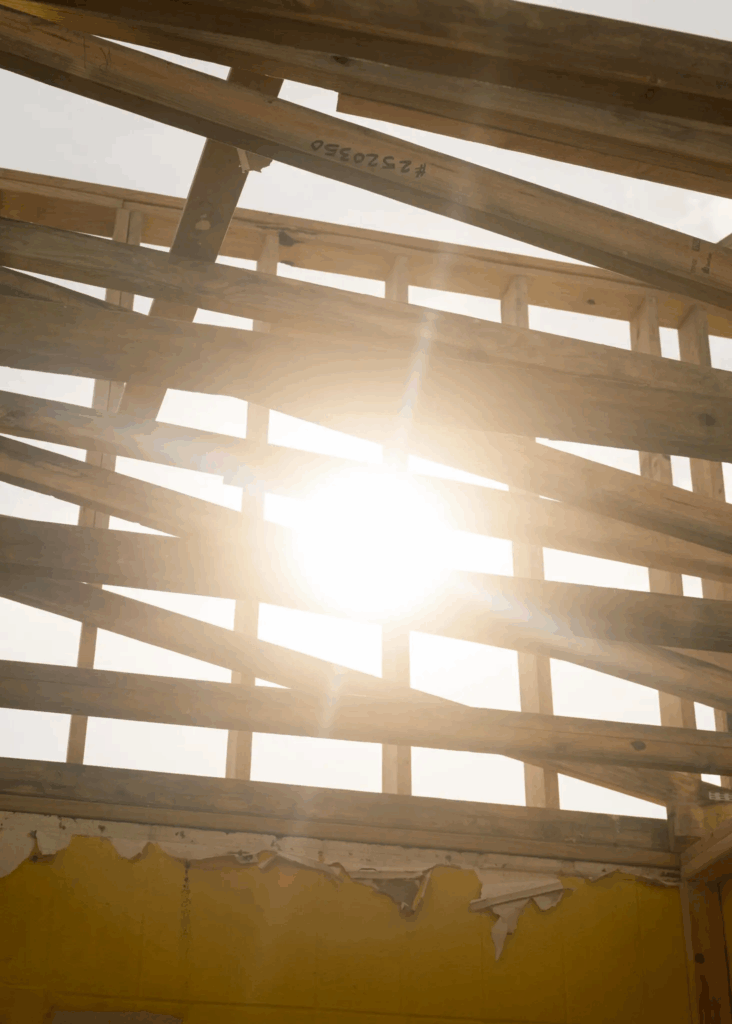
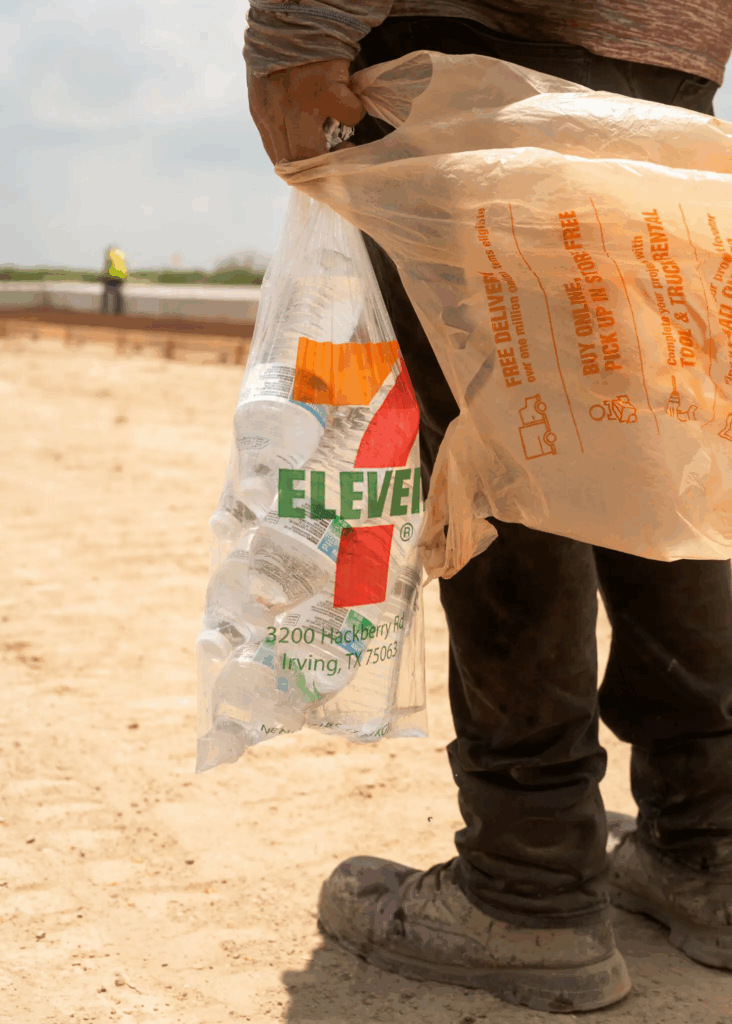
We live vampire lives, out early for a walk or to run errands, retreating indoors to our comfy caves during the afternoon, then out again after sundown to hang out with friends and complain about the heat and plot a getaway to the beach or the mountains. For the cooled, heat is an inconvenience, an intrusion into our lifestyles and a reason to finally pull the trigger on a loan to build a backyard swimming pool.
The cooked are people like Matthew Sanchez, the pit manager at Terry Black’s BBQ in Austin. On a busy Saturday, he and his co-workers might grill about 2,000 pounds of brisket in five long steel wood-fired BBQ pits. In the summer, the pit gets so hot it breaks thermometers that hang on the wall. “Sometimes it feels like we are rendering ourselves,” Mr. Sanchez told me.
I also met a delivery driver in Austin who had been hospitalized with heat exhaustion. Though he’s recovered, on hot days the muscles in his back tingle and his kidneys hurt. I met a former emergency medical technician who described the disturbing number of calls she responded to from workers at an Amazon warehouse in Texas, many of them related to heat stress.
I met oil field workers who service rigs in the blazing heat with no shade for miles around. One roofer told me he had twice fainted from heat, once tumbling off the roof and breaking his wrist. A farmworker I talked to in the Rio Grande Valley who had been diagnosed with chronic kidney disease (a common consequence of working long hours in the heat) said he kept working because he had no other way to care for his family.
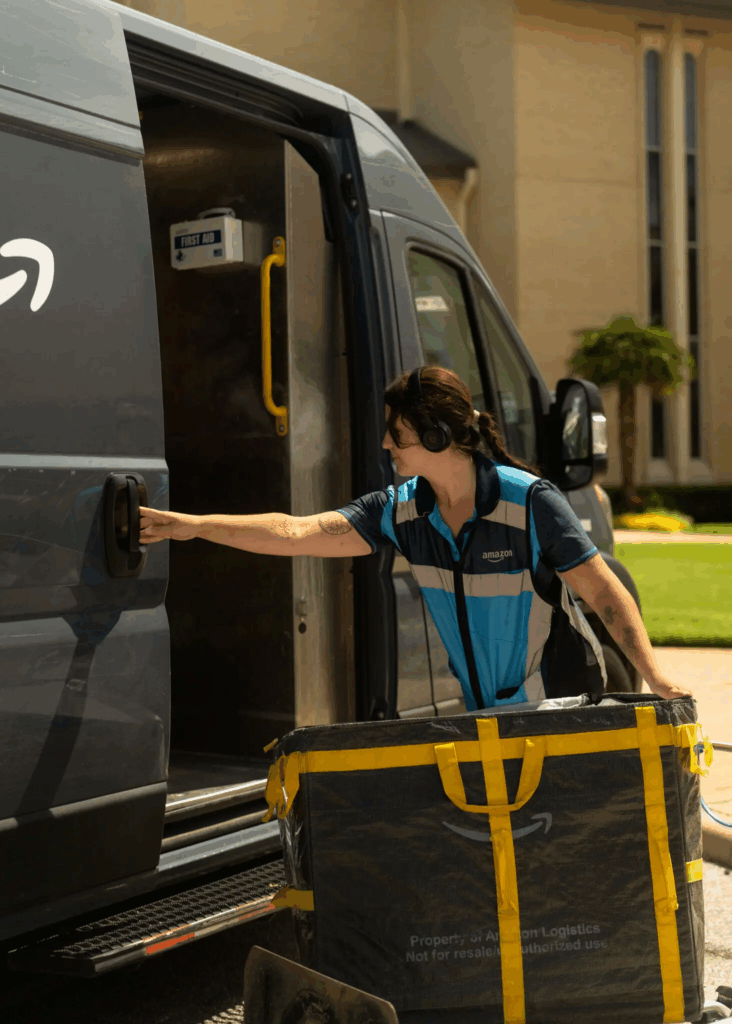
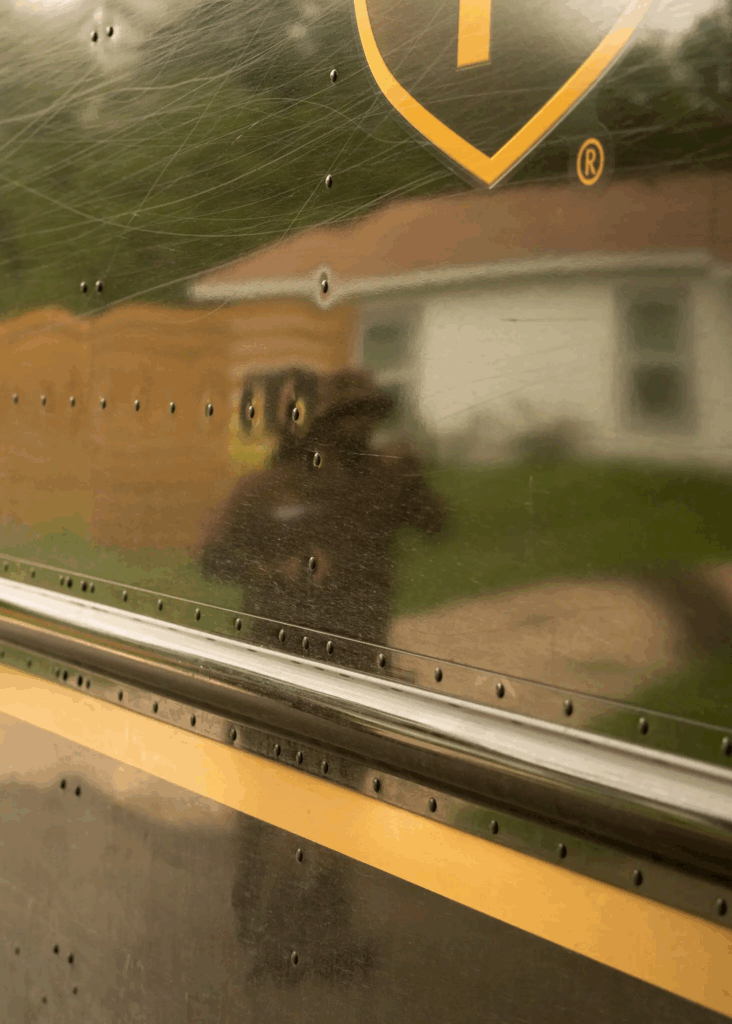
It’s not just that the average daily temperature is getting warmer. It’s that heat waves are changing in ways that make them more dangerous, longer, hotter and more humid. Nights are also growing hotter, which is particularly risky for people who work in the heat, since it limits the time the body has to recover from daytime heat.
The effect is most noticeable in the Southwest, where summer nighttime temperatures have increased by about 4.5 degrees since 1970. All this heat doesn’t just melt glaciers in faraway places. It has a direct human toll: Heat-related deaths in the United States have doubled in recent decades.
The link between more intense heat waves and higher levels of greenhouse gases in the atmosphere — about 75 percent of which has come from the burning of fossil fuels — is basic physics. What’s new is scientists’ ability to demonstrate how those higher levels of carbon dioxide in the atmosphere can kill you. A recent study by Imperial College London’s Grantham Institute, for example, found that during a 10-day heat wave this summer in Europe, 1,500 of the 2,300 estimated heat deaths could be linked to human-caused climate change.


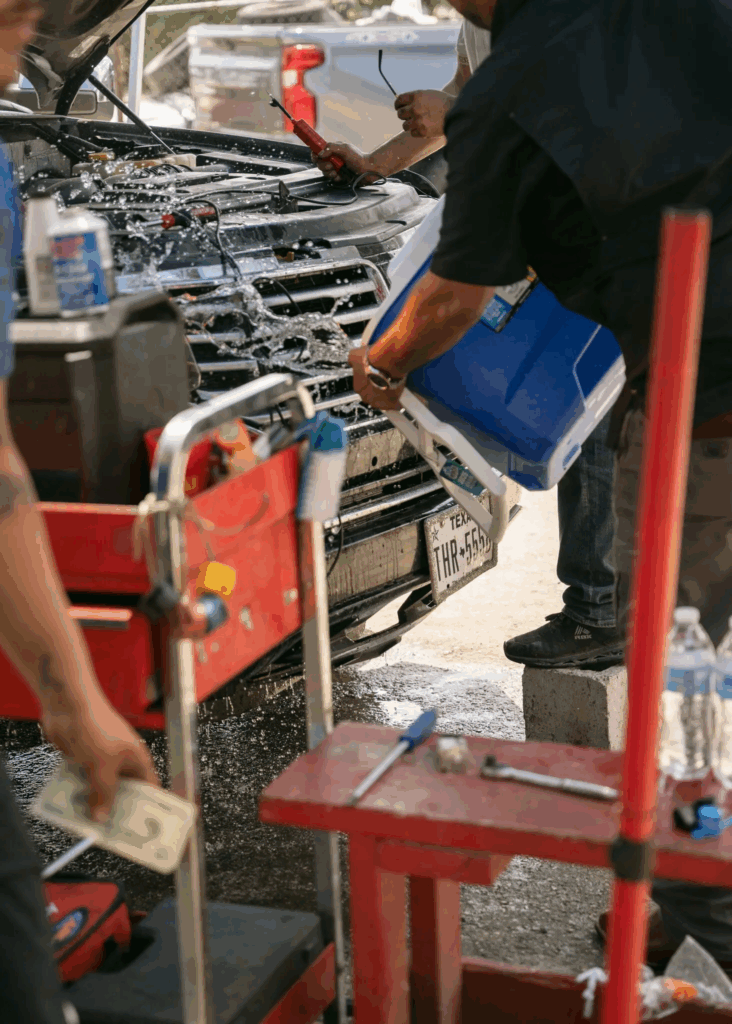
And death is only one metric. Prolonged exposure to high temperatures can permanently damage your kidneys. It may speed up your biological clock and age you as much as smoking or drinking.
But the most important thing to know about heat is that it’s a predatory force. It attacks the most vulnerable first: older people, those with weak hearts or lung conditions, pregnant women, young children and people who are on certain drugs (including antidepressants) that can interfere with their body’s ability to regulate its internal temperature. And most of all, workers who spend eight or 10 hours a day working outdoors.
In the United States, that often means people of color and immigrants. Latinos account for one-third of all worker heat fatalities, while farmworkers face the highest rates of death from heat-related injuries and illnesses. All in all, low-paid workers suffer five times as many heat-related injuries as their highest-paid counterparts.
A handful of states, including California and Colorado, have passed laws to protect workers from extreme heat. But not Texas. In 2023, Gov. Greg Abbott gave final approval to a law that, among other things, prohibits cities and counties from requiring water breaks for outdoor workers. (Florida has passed a similar measure.) The cruel but unspoken reasoning of the law: Mandatory shade and water breaks would hurt worker productivity and slow the Texas economy.
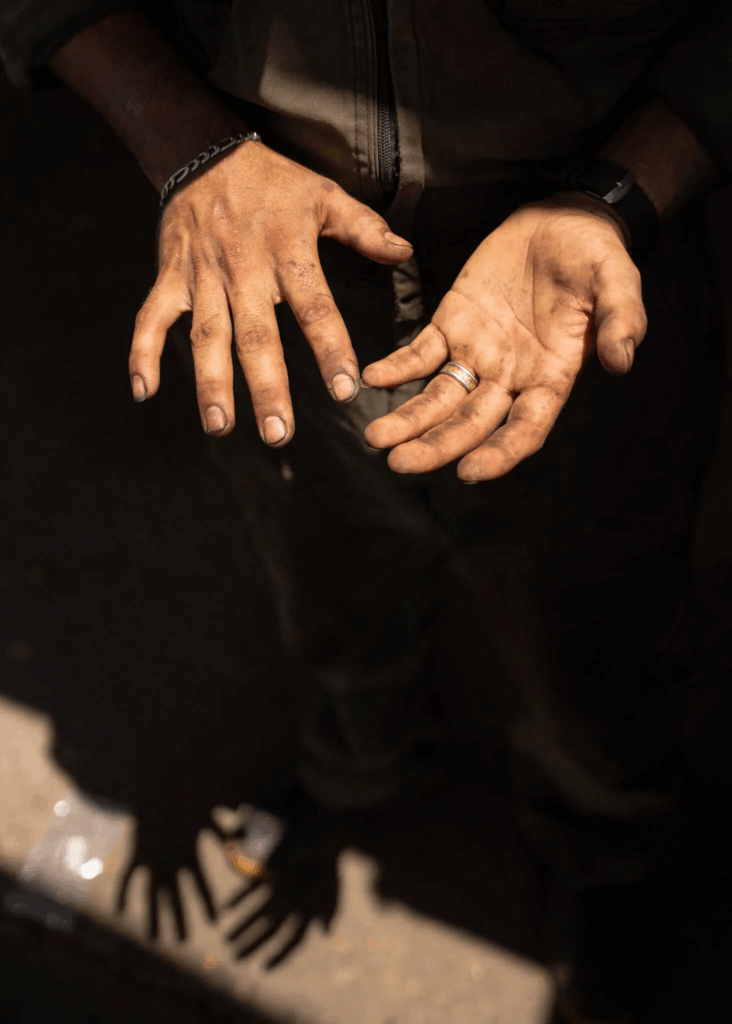
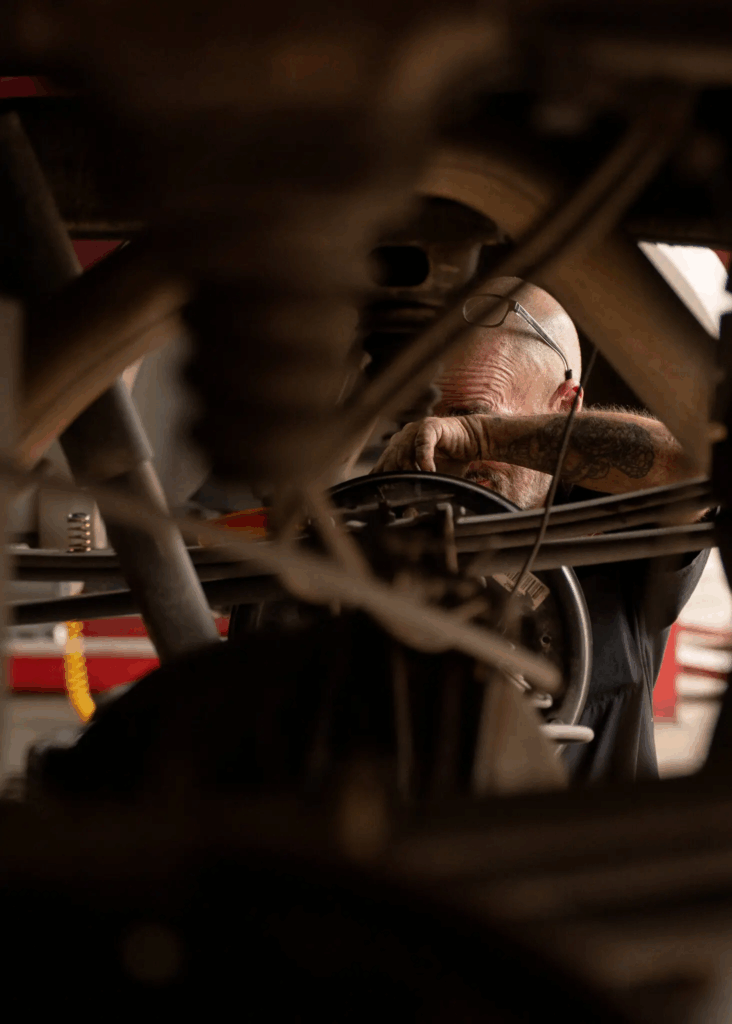
The federal government hasn’t been much better. The Occupational Safety and Health Administration, which oversees worker safety in America, has been working on a heat rule for years that would require a number of protections for workers, including shade and water breaks. But the rule didn’t get finalized during the Biden administration, in part because of heavy lobbying pressure from industry.
OSHA recently held hearings to solicit public comments about the proposed rule, but the Trump administration is more likely to cover the White House lawn with solar panels manufactured in China than finalize the agency’s heat rule. And the Trump administration has gutted the National Oceanic and Atmospheric Administration, the nation’s chief climate and scientific agency responsible for weather forecasting. The only thing more deadly than an extreme heat wave is an extreme heat wave that nobody saw coming.
So that mostly leaves it up to employers to take care of their workers. I visited workers in food trucks in Texas that were comfortably air-conditioned — and others that were medieval sweat boxes. Over the past month, I made a habit of asking delivery service drivers I came across in Texas about working conditions in the heat. Most drove trucks without air-conditioning, though most drivers said water and shade breaks were encouraged. Pit workers at Terry Black’s BBQ get free Gatorade, fruit and electrolyte powder. A construction worker told me that he feared that if he asked for too many breaks, he would get fired. Another said his boss tells him every day that the heat makes him “Texas tough.”
But the risks accelerate as the thermometer rises. Without protections, many workers are forced into a kind of extreme heat arbitrage: I need the paycheck, so I will work in the heat and keep my mouth shut and gamble that it won’t kill me. Even workers whose employers try to do the right thing understand it’s a dangerous bargain. “Yes, the heat sucks,” Blake Juranek, a 23-year-old Amazon delivery truck driver, told me. His truck has air-conditioning in the front, but not the back. “But I need to pay the bills.”
That strategy didn’t work out very well for a 38-year-old farmworker named Sebastian Perez, whose family I met with while reporting on the impacts of the brutal 2021 heat wave in the Pacific Northwest. Mr. Perez knew very well the risks of extreme heat — his mom even warned him about it the night before he died. But he most likely also knew that if he asked for a break from the heat while he was working, he might get fired.
Mr. Perez apparently thought he was stronger than the heat. But his co-workers found him unconscious in the field, his half-full water jug at his side. He died shortly afterward.
Heat deaths are tragic, not least because they are avoidable. And not every solution requires government intervention. India is experimenting with insurance policies for vulnerable workers — especially women in the informal economy, such as street vendors — that are triggered when temperatures reach a certain threshold; the policies encourage workers to stay home on hot days and pay them for lost income.
In 2024, these policies paid out $600,000 to 50,000 women in three Indian states. There are 225,000 women in this year’s program. U.S.-based nonprofit organizations such as Climate Resilience for All, which designed and developed the policies in India, are trying to build support for similar policies for workers in hot cities in America.
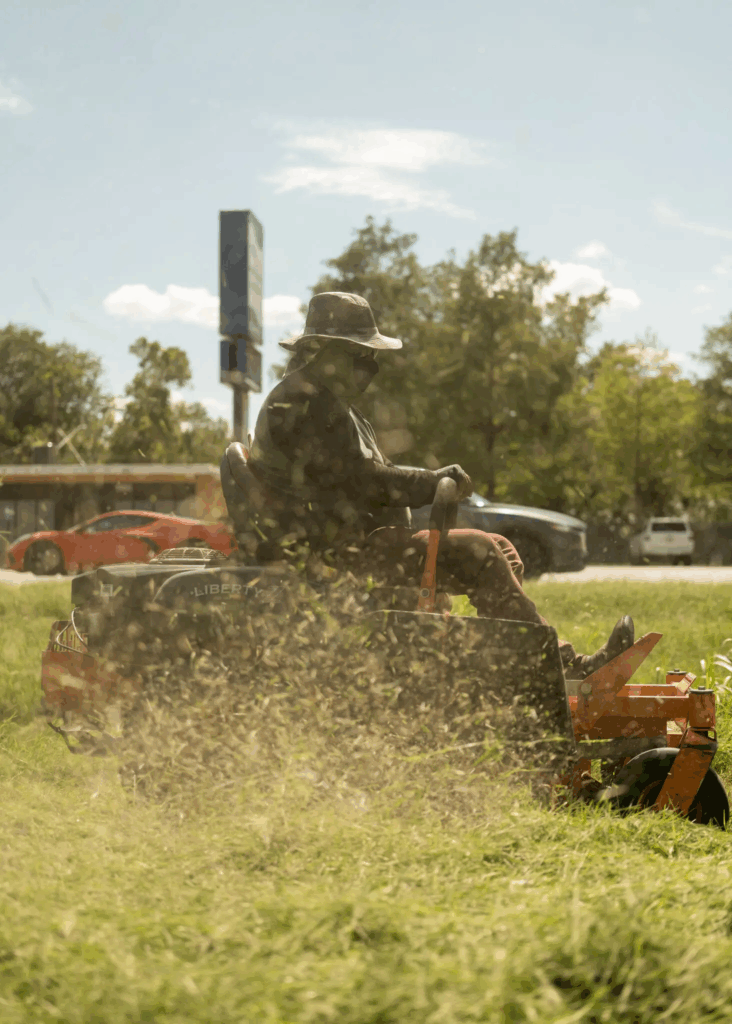
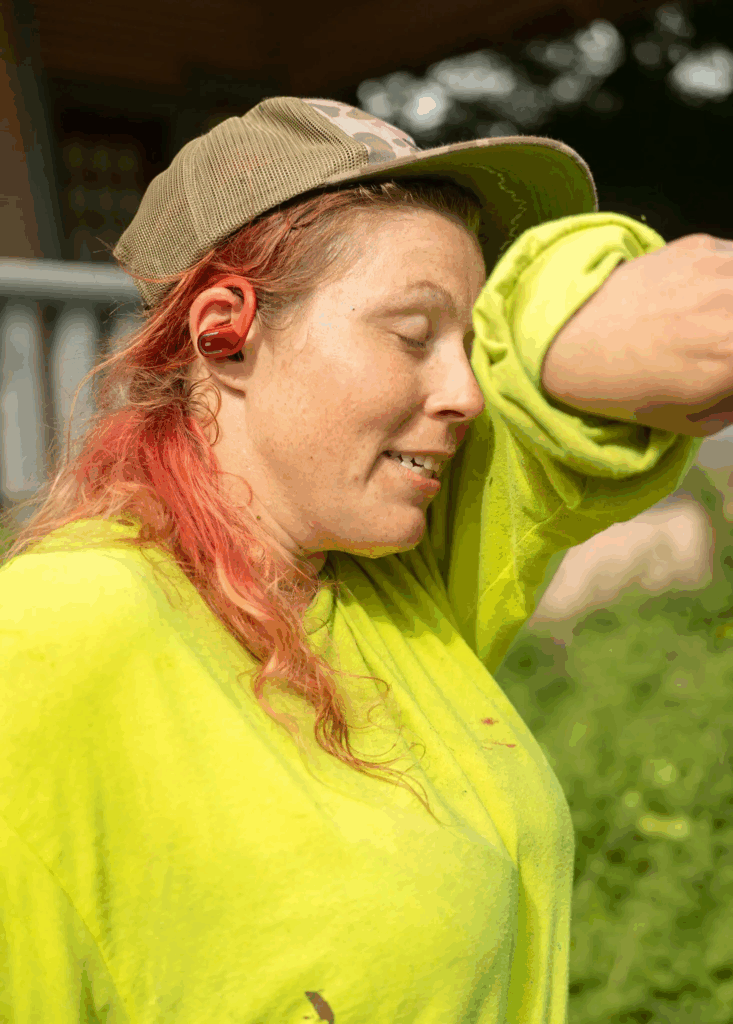

The faster our world heats up, the faster the divide between the cooled and the cooked will widen. Ultimately, it is symptomatic of the larger injustice of the climate crisis, which is that the people who have done the least to cause it are the ones who will suffer the most from its impacts.
Fixing that will require more than just better laws and more air-conditioning. It will require acknowledging that in a rapidly warming world, the comforts of some are subsidized by the hardships of others. Until we address that, we’re all cooked.
More on extreme heat

Extreme Heat Is Breaking America

It’s Time to Name Heat Waves Like We Do Hurricanes

The Heat Wave Scenario That Keeps Climate Scientists Up at Night
Jeff Goodell’s most recent book is “The Heat Will Kill You First: Life and Death on a Scorched Planet.”
Tova Katzman is a photographer and videographer based in Texas.
The Times is committed to publishing a diversity of letters to the editor. We’d like to hear what you think about this or any of our articles. Here are some tips. And here’s our email: letters@nytimes.com.
Here are more “ET’s” recorded from around the planet the last couple of days, their consequences, and some extreme temperature outlooks, as well as any extreme precipitation reports:
Here is More Climate News from Thursday:
(As usual, this will be a fluid post in which more information gets added during the day as it crosses my radar, crediting all who have put it on-line. Items will be archived on this site for posterity. In most instances click on the pictures of each tweet to see each article. The most noteworthy items will be listed first.)